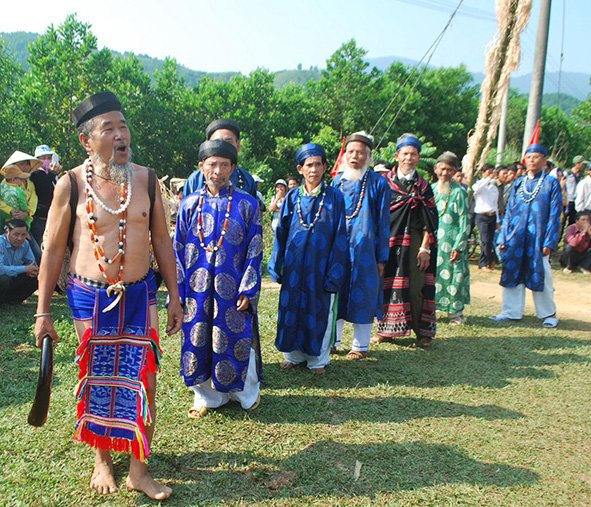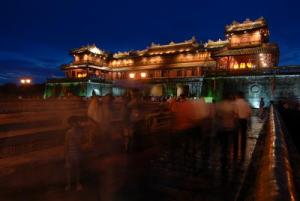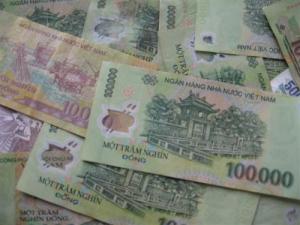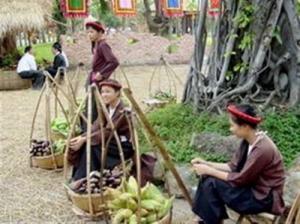Co Tu Necklaces: Statement of Man’s Position in Community

During Tet and other special occasions, the ethnic minority people of Co Tu are known to celebrate it with their unique traditions. The young women wear one-of-a-kind costumes, while the older men wear attractive necklaces made of silver and agate.
The agate necklaces are of special interest because aside from their aesthetic value, they actually symbolize a man’s economic status and power in the community. The style and length of the necklace depend on his position in the village, while a man not wearing an agate necklace means that he is poor because he could not afford one.
In earlier times, an agate necklace determines a man’s ability to marry. Wearing one means being able to marry a young girl, even someone as young as 15. Not having one means he can only marry a widow or wait until he gets rich so he can marry a young girl. When he does, an agate necklace is also the required gift for his bride’s parents.
Agate is made of the in-betweens of the fangs or manes of wild boars or bear claws, or small forms made from rare wood. An agate bead is called “c’ron” among the locals. They are styled into various shapes and designs, oval and circle being the men’s favourites. They are worn during Tet or Lunar New Year holiday, wedding receptions, and other important celebrations.
But when the agate necklace used to determine a man’s position in the village, it mostly plays a figurative symbol in recent times. Present day Co Tu couples have conformed to the common practice of giving rings to their significant other. As such, agate strings are now generously sold in markets as souvenirs at VND50,000 (US$2.28) per string composed of ten beads.









